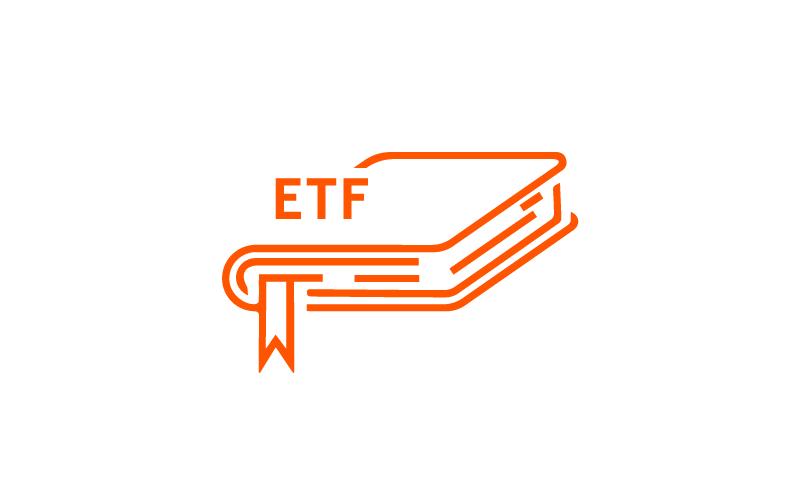China’s Biotech Revolution
Q1: What are biologic drugs?
Biological drugs refer to products derived from living organisms or parts of living organisms, such as proteins, vaccines, blood components, and genes. A biologic drug/medicine is different from small single-molecule medicines, larger in terms of molecular weight and much more complex in structure.
This type of drug has recently become more popular as new therapies in various disease areas such as cancers, autoimmune diseases, and endocrine system diseases have developed. Biologics manufacturing is very different from chemical manufacturing. Since microorganisms are usually used in production, an environment suitable for growing microorganisms is essential. The manufacturing process often requires a specific temperature and conditions to be strictly followed.
Q2: Why are you excited about China biotech sector?
We believe that China’s biotech market to reshape given:
- NMPA’s seismic drives to build a more transparent and efficient drug approval system with global standards;
- prescription mix shifts that are increasingly focusing on clinical benefits; and
- the establishment of a more dynamic, pharmacoeconomics-driven single-payer system.
These changes will likely shift the industry strategic focus more from generics to novel drugs, driving consolidation in the generic industry and the emergence of innovative biotech companies, potentially providing significant economic returns on investments.
While a significant number of the Chinese biotech companies are developing me too/me better products to mitigate the R&D risks, driving cancer and other therapeutic categories into more crowded space, we expect a gradual evolution of the R&D strategies into best-in-class/first-in-class in the future. This will potentially catalyze the innovation ranging from contracted research, drug discovery to drug manufacturing in the Chinese market.
Q3: What are the underlying demand drivers for the China biotech sector?
We believe demand for quality healthcare in China will continue to be driven by an aging society (over 400 mln people expected to reach above 60 years of age by 2030F) as well as the urbanization trend with over 56% of the population now living in the urban locations. In addition, the average disposable income of residents has increased to Rmb28,228 in 2018 (or US$4,097), up 54% from 2013.
As shown in the charts below, cancer incidences, diabetes prevalence increase significantly beyond the age of 50-60 years.
As we can see in the chart, according to Frost & Sullivan, China biologics market is expected to grow at a CAGR of 19% from US$40 bln in 2018 to US$96 bln in 2023e.
Foundries also have high potential to localize. Domestic foundries are growing rapidly, with some companies breaking into advanced processes.
As we can see in the chart, biotech drugs account for only 5.7% of the Chinese pharmaceutical market. In contrast, in the global market, biotech drugs account for 26.5% of the total pharma market.
Related ETF
Global X China Biotech ETF seeks to provide investment results that closely correspond to the performance of the Solactive China Biotech Index NTR, offering an access high growth potential through companies critical to the development of biotechnology in China.
Other Features
- Targeted Exposure: The fund delivers targeted exposure to an emerging theme and industry.
- ETF Efficiency: In a single trade, the fund delivers access to dozens of companies with high exposure to the biotech theme in China.
Click here to learn more about our Global X China Biotech ETF.

